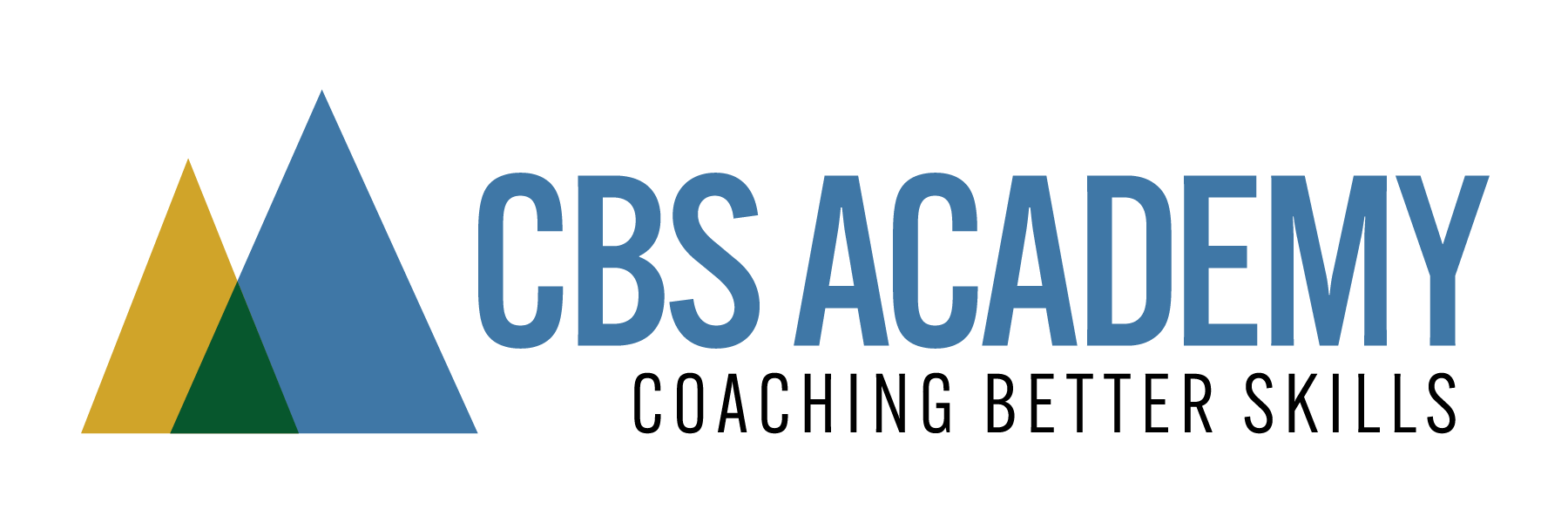ANSWERS TO THE MOST COMMON QUESTIONS
QUESTIONS AND ANSWERS
CALL SKILLS
OPENING
What is the CBS Call Model?
What’s the goal of the Opening?
AVOID EARLY TERMINATION (AET)
What does AET mean?
What are common AET objection types?
How do I handle someone saying “I already paid”?
How should I respond to “I’d rather talk to someone else”?
What if a customer says they’re too busy to talk?
What is “Lines in the Sand”?
BRIDGING WITH EMOTIONAL CUSTOMERS
What if the customer is angry or emotional?
How is Bridging different from AET?
FACTS ON THE TABLE & NEGOTIATION
What are “Facts on the Table”?
What’s the purpose of the Negotiation Flowchart?
CLOSE
How do I deliver a strong Close?
What if there’s no solution today?
PERFORMANCE AND DEVELOPMENT
What’s expected of me as an agent each month?
What is EVPH, and why does it matter?
TEAM LEADER
How do I know which skill my agent should focus on for the month?
What if my agents don’t buy in?
How do I select the right call for calibration?
MENTORING
What are the Mentoring Sessions for?
What materials do I bring to these sessions?
Which sessions do I need to bring my Agent to?
How do I move forward through my course after I begin my mentoring sessions?
What happens after you submit an assignment in the CBS Academy?
What do you do if you need to reschedule your mentoring session?
When should development sessions be scheduled?
ADDITIONAL QUESTIONS
